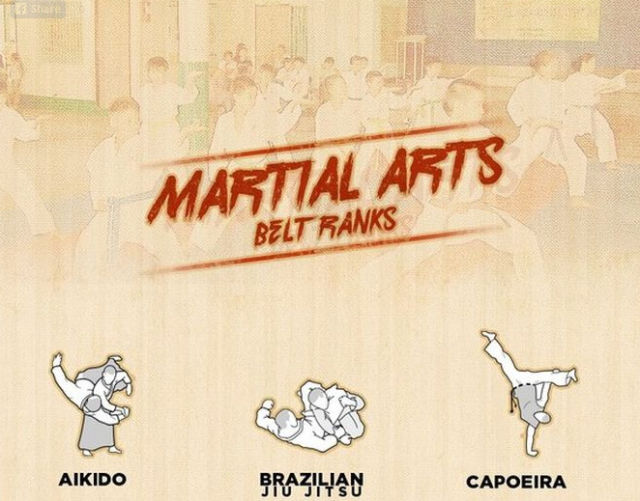Checking Out The Differences Between Typical Martial Arts And Contemporary Fight Sports
Checking Out The Differences Between Typical Martial Arts And Contemporary Fight Sports
Blog Article
Material Develop By-Valentine Brady
When you think of martial arts, do you lean a lot more toward the conventional practices or the modern combat sports? Each path uses one-of-a-kind benefits and experiences, shaped by their approaches and training methods. Conventional martial arts highlight individual development and technique, while contemporary battle sporting activities focus on competition and efficiency. Recognizing these differences can direct you in picking the appropriate method for your journey. But exactly how do these distinctions materialize in training and viewpoint?
The Philosophy and Background Behind Traditional Martial arts
While lots of people connect martial arts with physical fight, the ideology and history behind conventional martial arts run much deeper. You'll find that these self-controls stress personal growth, discipline, and regard.
Originating from old techniques, traditional martial arts were commonly established for Self-Defense and spiritual growth. They embody principles such as equilibrium, consistency, and self-control, leading practitioners past plain combating skills.
As you educate, you'll not just find out techniques however likewise obtain understandings right into the culture and worths that formed these arts. The rituals and customs, frequently passed down through generations, foster a sense of area and belonging.
The Affordable Nature of Modern Battle Sports
Modern fight sports have actually transformed the landscape of martial arts right into a highly competitive field, where professional athletes challenge in an examination of ability, technique, and endurance.
You'll see that competitions are commonly arranged with rigorous policies and guidelines, ensuring fair play and safety. These events draw in large audiences, fueling the enjoyment and intensity of matchups.
Suggested Internet page educate carefully, not just for physical expertise however likewise for mental sturdiness, understanding that every detail counts in the ring. The adrenaline rush throughout competitions is apparent, as boxers push their limits to claim victory.
Followers appreciate the athleticism and artistry entailed, making modern-day combat sporting activities a thrilling phenomenon that continues to evolve and mesmerize lovers all over the world.
Training Methods and Strategies: A Comparative Analysis
The competitive ambience of contemporary combat sports needs cutting-edge training methods that vary considerably from conventional martial arts.
In modern training, you'll focus on particular techniques, sparring, and conditioning, commonly using drills that mimic genuine fight scenarios. You'll see a focus on measurable efficiency and frequent competition to examine your abilities.
On the other hand, typical martial arts prioritize forms, katas, and philosophical mentors, commonly highlighting self-control and regard over competitors.
Training is generally less extreme and may entail repeated practice as opposed to real-time sparring.
While both techniques build skill and health and fitness, modern-day combat sports provide an extra vibrant and versatile training environment, preparing you for immediate challenges in the ring or cage.
Choose https://martial-arts-happy-kids88766.azzablog.com/35748625/seeking-guidance-on-picking-the-suitable-martial-arts-college that straightens with your goals and interests.
Verdict
In choosing between traditional martial arts and contemporary combat sporting activities, it truly boils down to what you value many. If you're trying to find personal growth, self-control, and a feeling of neighborhood, typical arts may be your best fit. Yet if you flourish on competition and real-time difficulties, modern-day combat sports could be the way to go. Eventually, both paths use distinct benefits, so it's everything about aligning your training with your individual objectives and rate of interests.
